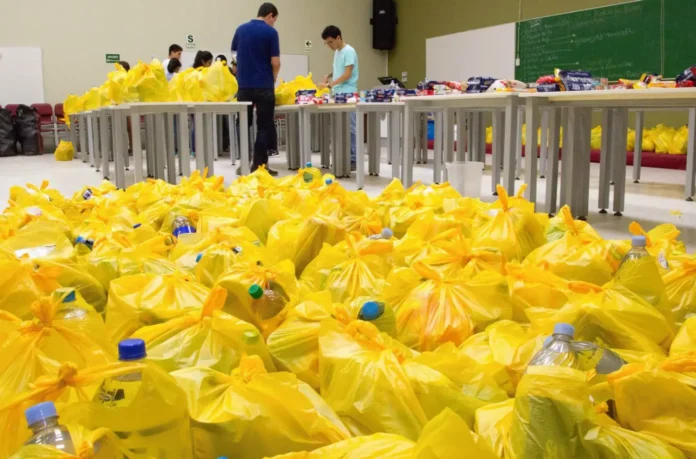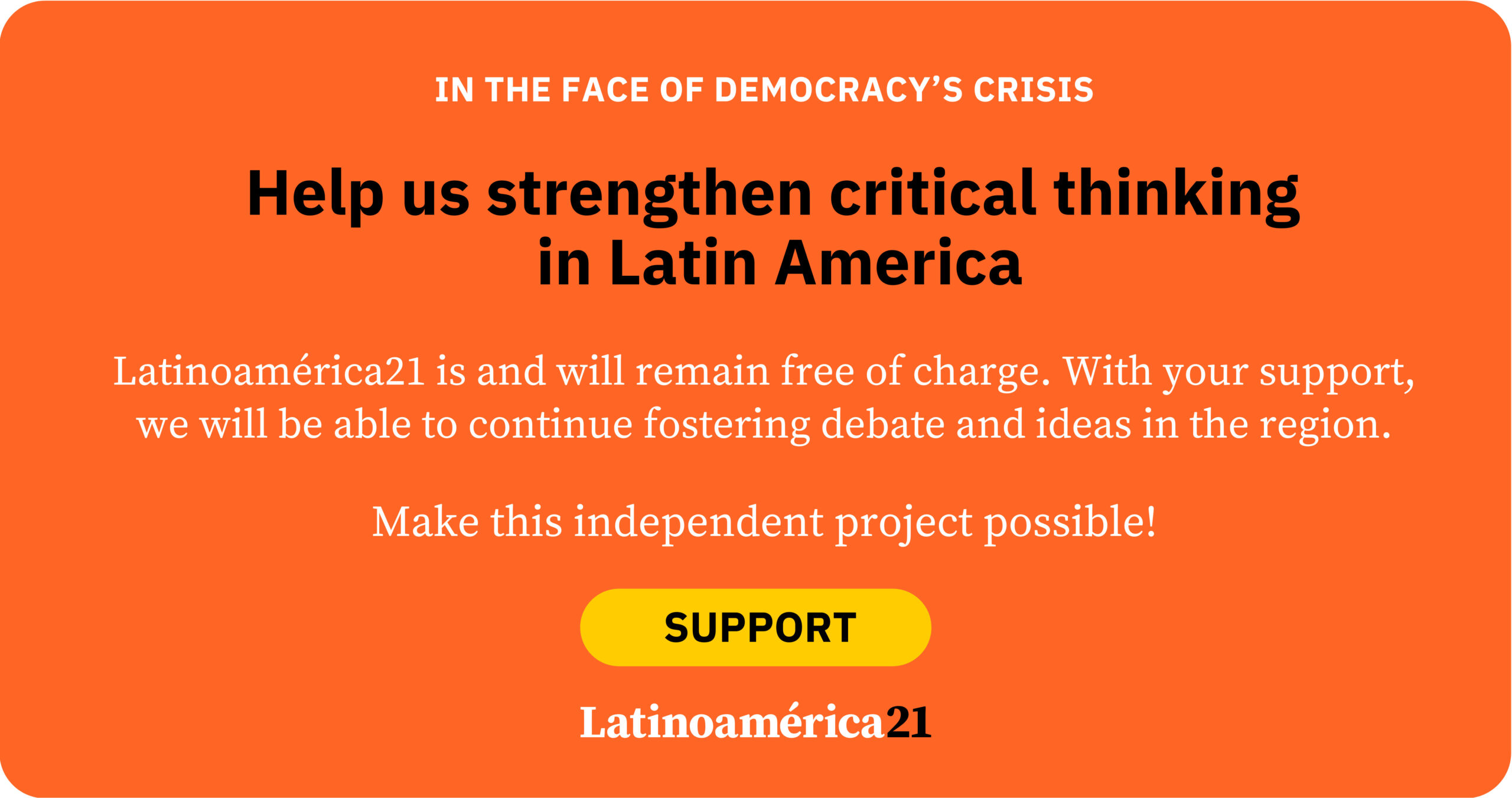
In Latin America, generosity is alive. It manifests in everyday gestures, informal support networks and spontaneous acts that often escape statistics. However, when it comes to institutionalizing and sustaining a true culture of giving, the region still faces structural, social and cultural challenges. In this context, promoting a culture of generosity is a key strategy to strengthen the social fabric and build more equitable and resilient societies.
The consulting firm Voices has spent nearly three decades researching solidarity habits in Argentina, where early studies led by the Foro del Sector Social in the 1990s already revealed a gap between the willingness to help and the actual execution of formal charitable acts. This tension persists today. And although Argentines see themselves as a generous people, a culture of sustained, structured giving has yet to take firm root.
The same holds true, with some variations, across the rest of the region. The recent report “Generosity in Latin America and the Caribbean” by Giving Tuesday provides a valuable snapshot: 9 out of 10 people report having performed at least one act of solidarity in the past year. But this number drops when it comes to recurring donations, involvement in organizations, or trust in institutions.
What isn’t measured, isn’t amplified
One of the biggest challenges to promoting a culture of giving in Latin America is the lack of systematic data. Countries like the United States or the United Kingdom have observatories that closely monitor philanthropic behavior. In our region, studies are more sporadic and often uncoordinated across sectors.
This is where research becomes essential. We need to understand who gives, what motivates them, what barriers they face and how they perceive the impact of their actions. Without this information, it is difficult to design public policies, awareness campaigns, or institutional strengthening strategies.
For example, according to Cultura de Dar studies, about three-quarters of Argentines have given financial support to NGOs in some way over the past 12 months, but only a few label those actions as “donations.” This disconnect reveals that our cultural narratives around solidarity don’t always align with our practices.
Invisible solidarity
In Latin America, much of the generosity happens outside formal channels. This can be called “informal solidarity”: helping a neighbor, cooking for someone, lending money without expecting repayment, housing a family member. These acts aren’t typically categorized as “donations,” but they form the invisible backbone of many communities.
This deeply rooted cultural trait has two sides. On one hand, it reflects strong social bonds and the importance of family and friends. On the other, it can hinder the consolidation of a more organized giving culture, with structures that enable scaling impact, measuring results and sustaining support over time.
In Argentina, for instance, many people donate once, but few do so monthly. This lack of consistency limits the planning capacity of social organizations, which need predictability to grow. It also means many initiatives rely more on enthusiasm than sustainability.
What works
Despite these challenges, there are encouraging signs. We know that when people have direct contact with a cause, their level of engagement increases. Campaigns that show tangible impact, platforms that simplify donations and corporate-NGO matching models all contribute positively. In this regard, the rise of digital platforms offers an unprecedented opportunity to democratize participation.
Cultura de Dar reports and other studies also show that younger generations aren’t disengaged—they just seek more horizontal, agile and value-aligned ways to participate. Digital collaboration, micro-donations, local impact causes and creative formats can all be powerful allies.
Moreover, there are deeply rooted values in Latin American identity that we must strengthen: empathy, solidarity and community engagement. Instead of importing foreign models, the challenge is to build a culture of giving that makes sense within our own territories, histories and ways of connecting.
A call to action (and measurement)
Promoting a culture of giving in Latin America is, ultimately, a collective task. It requires the commitment of citizens, organizations, companies, media and governments. But it also requires data. Because what isn’t known, can’t be improved. And what isn’t measured, remains invisible.
This is why the Cultura de Dar initiative has been working to connect research, communication and action. Only by deeply understanding our habits, motivations and obstacles can we design effective strategies to foster a sustainable, transparent and transformative culture of solidarity.
Giving is not just an individual act—it’s a political, cultural and social gesture. And building a culture of giving is about building a more connected, just and humane society.
*Machine translation, proofread by Ricardo Aceves


